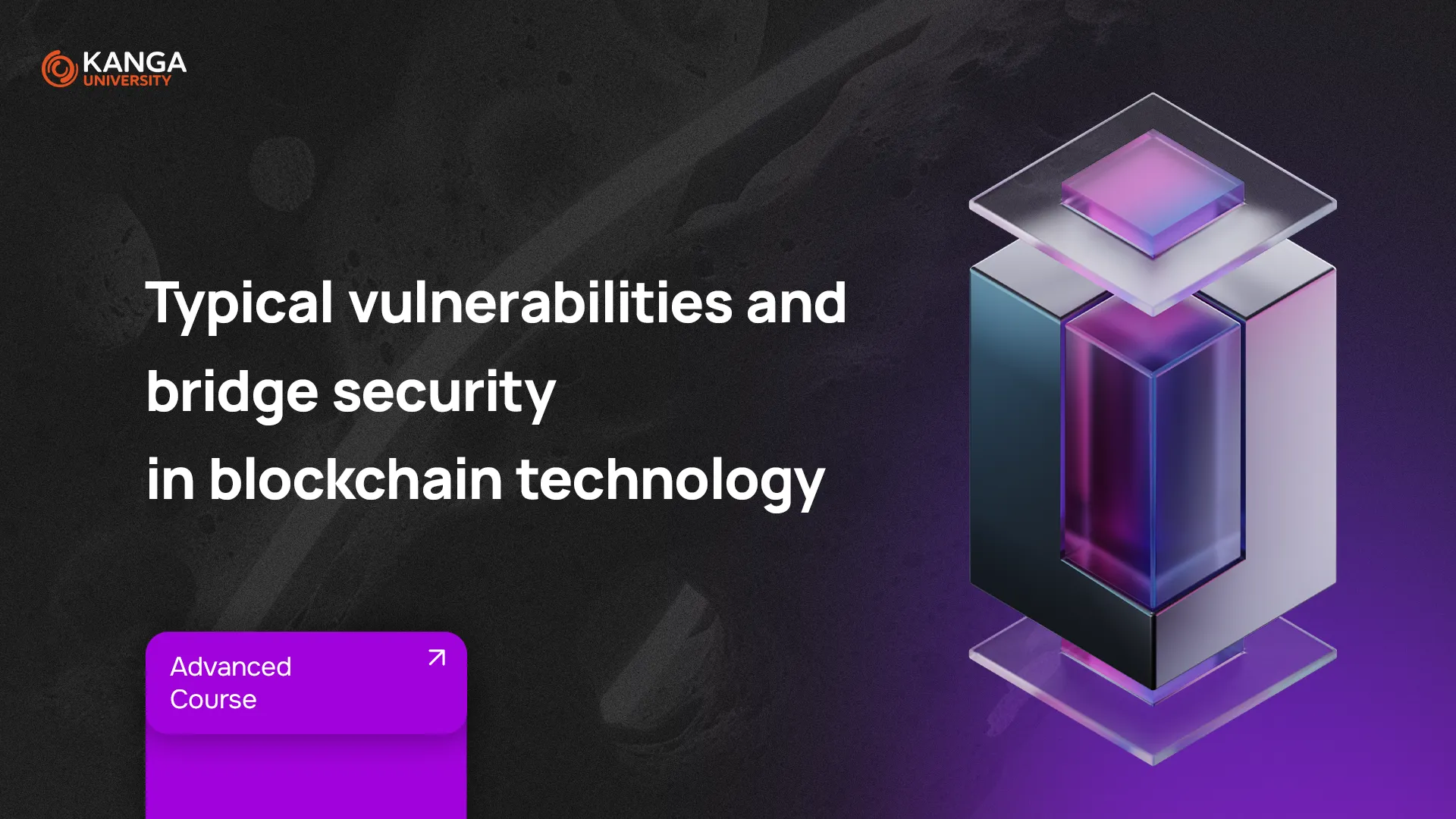
As the crypto ecosystem expands, the need for seamless interaction between different blockchains becomes more important than ever. This is where blockchain bridges come in – they allow users to move assets and data between otherwise incompatible networks. But with this functionality comes risk: bridges are now among the most targeted elements of blockchain infrastructure.
In this lesson, you’ll learn what blockchain bridges are, where their main vulnerabilities lie, and what can be done to secure them.
What Are Blockchain Bridges?
A blockchain bridge is a tool that connects two separate blockchains, enabling them to communicate and share information or assets. For example, if you hold Bitcoin but want to use it in an Ethereum-based DeFi app, a bridge allows that transfer without selling your Bitcoin.
Bridges typically use smart contracts and off-chain processes to facilitate these transfers. Because they often store large amounts of locked tokens during transfers, they become attractive targets for hackers. Their complex architecture, involving multiple layers and components, creates various points of failure that bad actors can exploit.
Common Vulnerabilities in Blockchain Bridges
1. 51% Attacks
If someone gains control over more than half the validators securing a bridge, they can manipulate the transaction flow, approve fake messages, and steal assets. This is especially dangerous in low-participation or semi-decentralized networks.
2. Smart Contract Bugs
Bridges rely heavily on smart contracts. Bugs in the code can allow attackers to bypass rules or drain funds. Several high-profile exploits—like the Ronin and Wormhole hacks—happened this way. Regular audits are critical to catching vulnerabilities early.
3. Oracle Manipulation
Bridges often use oracles to fetch data from other blockchains or the outside world. If an attacker feeds false data into an oracle, it can cause one side of the bridge to approve fraudulent transactions.
4. Weak On-Chain Verification
Some bridges rely more on centralized backends than on-chain verification. In these cases, key validation steps happen off-chain, opening up more attack vectors. Decentralization of validation processes is essential.
How to Secure Blockchain Bridges
1. Multi-layer Security Models
Use consensus mechanisms like Proof of Stake or Proof of Work, combined with monitoring systems and validator decentralization. This strengthens resistance to attacks like the 51% exploit.
2. Frequent Smart Contract Audits
All bridge code should be routinely audited by external security firms like CertiK or Trail of Bits. Following best practices in smart contract development—like modular code and strict access control—further reduces risks.
3. Decentralized Oracles
Don’t rely on a single data source. Instead, use multiple independent oracles (e.g., Chainlink, API3) to verify cross-chain data and prevent misinformation from being used in transactions.
4. Developer Education
Train the teams who maintain and operate blockchain bridges. Understanding the latest threats, fixes, and industry standards enables developers to respond quickly and prevent new vulnerabilities from emerging.
Summary
Blockchain bridges are essential for enabling interoperability in Web3. They allow users to benefit from the strengths of different blockchains without being locked into one. But as valuable infrastructure, they attract sophisticated attacks.
To build trust and resilience, bridge operators must combine:
-
robust, audited code
-
decentralized data verification
-
hardened consensus mechanisms
-
continuous developer education
As more cross-chain applications emerge, protecting bridges will only become more important. Without strong security, the entire multi-chain ecosystem is at risk.